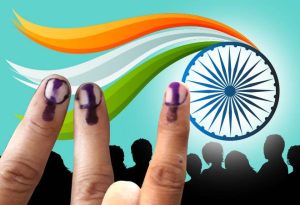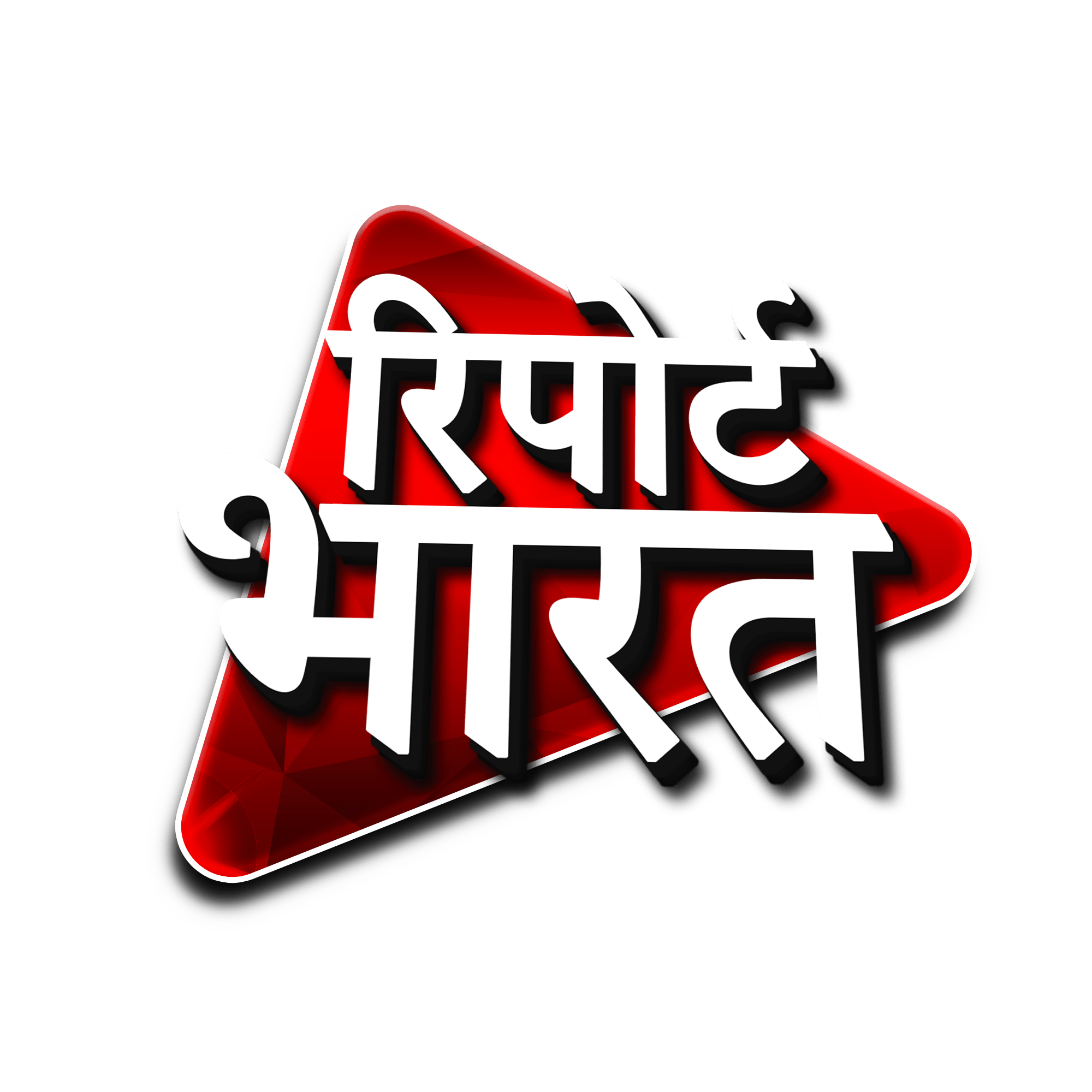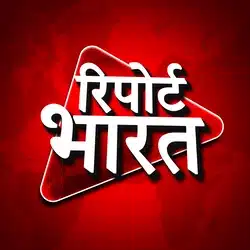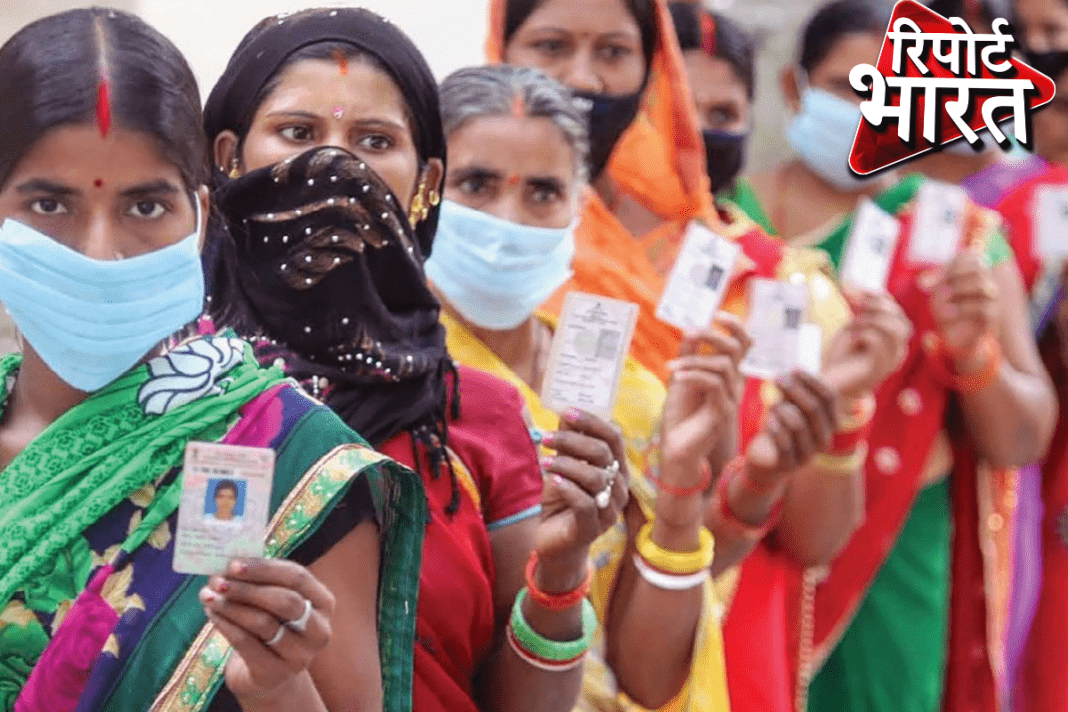The first phase of the Lok Sabha election in the country has now ended. But in comparison with the last elections, less enthusiasm was observed among the voters this time. The effect of this was clearly visible in the voting pattern. If we talk about Rajasthan, in 2019 there were 63.71% voting in the first phase, whereas in 2024 it has come down to only 57.87%. That means there has been a direct decline of 5.84% in voters.
The highest turnout was seen in Sriganganagar where the turnout was 65 percent. If we look at the Karauli-Dholpur Lok Sabha polling area, the turnout there was only 50 percent.

Why was the turnout less?
On the day of voting for 12 Lok Sabha seats in Rajasthan, there was silence at the polling stations in the afternoon due to severe weather. When political temperatures rose in the evening, a clash was seen between party workers. In Nagaur, Kuchera Municipality President Tejpal Mirdha was injured in a clash between BJP and RLP workers, while in Churu’s Rampura, a booth agent was injured in a clash between Congress and BJP workers over the complaint of fake voting.
Boycott Voting
During the first phase of Lok Sabha elections, voters expressed their intention to boycott more than 20 polling stations. In some of these places, the administration convinced them to vote. Maximum cases of the boycott were seen in the Jhunjhunu Lok Sabha constituency of Rajasthan where people demanded to vote only based on getting Yamuna water. Apart from this, in many places, there was a boycott on the change of Panchayat and at some places on the demand for railway tracks and roads
What will be the effect of less voting?
Due to low voting in the first phase, there is panic among political parties. The answer to what will be the impact on the results if 5.84% fewer votes are cast on 12 seats of Rajasthan will be known only on June 4. If we take a look at the history, in 2019 there was 2 percent more voting on these 12 seats as compared to 2014. BJP directly benefited from this increased voting percentage when they got 5 lakh more votes. Now it is difficult to tell what will be the impact of fewer votes this time. But this much can be said that there will be a decline in the votes of all parties.
If we talk about the elections of 2004 and 2009, then in 2009 there was a one percent decrease in votes as compared to 2004. Due to this UPA government was benefited. In 2004, the BJP had 21 seats and Congress had 4 seats, which changed to 20 seats for Congress and 4 for BJP in 2009. An independent candidate had won one seat. In fact, in 2004, the margin of victory on many seats was low, so the result was changed just because of one percent less voting.





